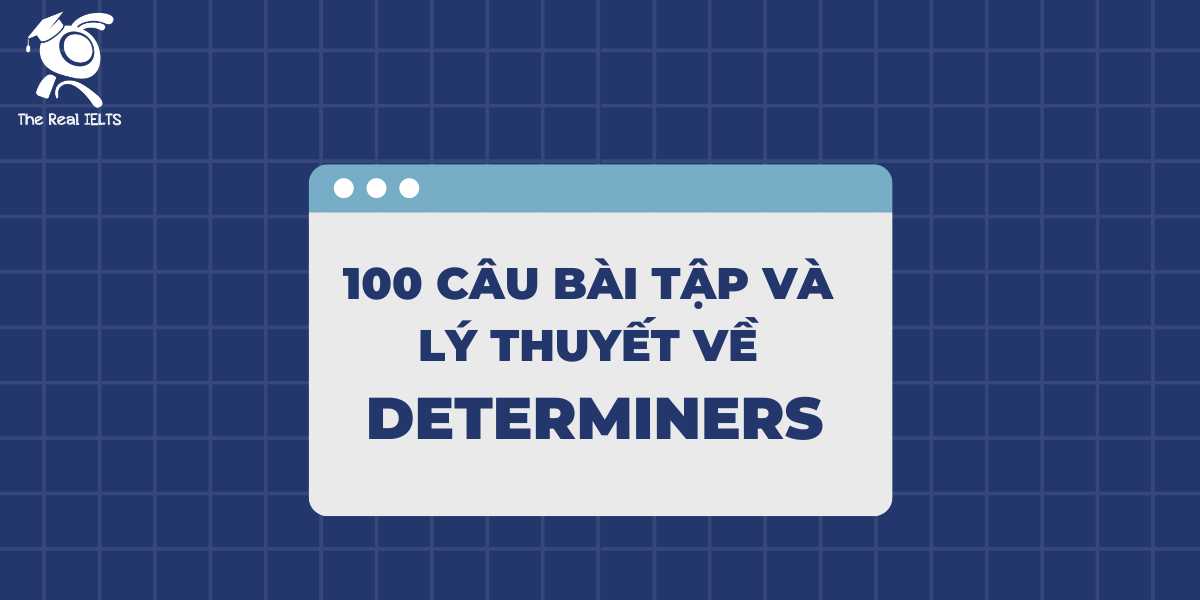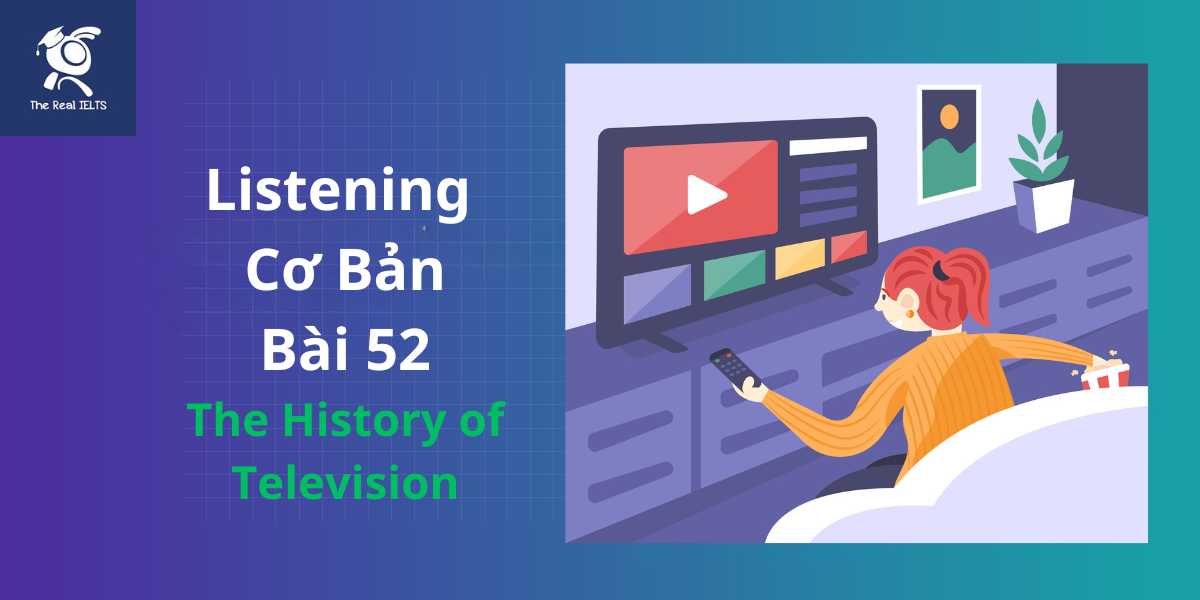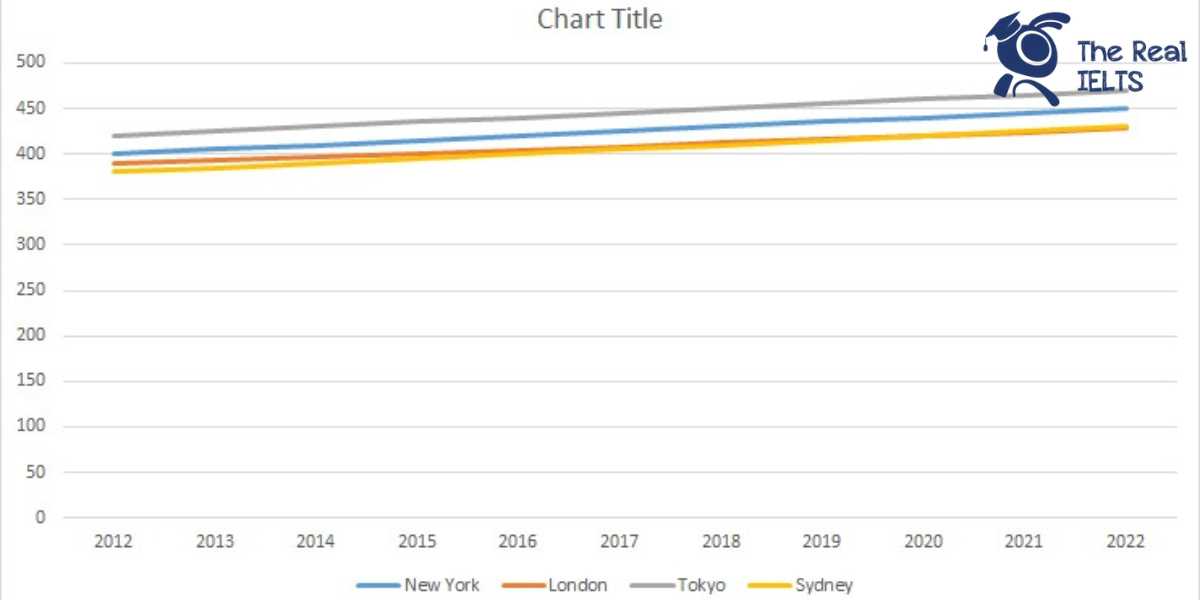Đề bài IELTS Writing task 2 dạng dạng Advantages and Disadvatages: Television
You should spend about 40 minutes on this task
The impact of television on children’s behavior and development. Do the advantages of this outweigh the disadvantages?
Write at least 250 words.
Bài mẫu IELTS Writing Task 2 dạng Advantages and Disadvatages: Television
Introduction
In today’s world, television plays a significant role in children’s lives, offering both educational and entertainment content. While it can provide benefits such as learning opportunities and cultural exposure, there are also concerns about its potential negative effects on children’s behavior and development. In my opinion, despite certain advantages, the disadvantages of television on children’s development outweigh its benefits.
Body Paragraph 1: Advantages
One notable advantage of television is that it can be an educational tool for children. Many programs, such as documentaries or educational cartoons, teach children about science, history, and social skills. For instance, channels like National Geographic or programs like “Sesame Street” help kids learn vocabulary, numbers, and problem-solving in an engaging way. This type of content can enhance cognitive development and supplement school learning.
Another advantage of television is its ability to expose children to different cultures and viewpoints. Through television, children can learn about global diversity, develop empathy, and understand world events. This broadens their horizons and helps foster a more tolerant and well-informed generation. For example, watching international news or travel shows may stimulate children’s curiosity about other countries and cultures, encouraging global awareness.
Body Paragraph 2: Disadvantages
However, despite these benefits, television also has significant drawbacks. A major disadvantage is that excessive television watching can lead to behavioral problems, such as aggression and lack of self-discipline. Many programs, especially cartoons or action shows, depict violence, which children may imitate. For instance, exposure to violent content can desensitize children to aggressive behavior, making them more prone to conflict with peers.
Another drawback is the negative impact on physical and mental development. Prolonged screen time can reduce the amount of physical activity children engage in, leading to obesity and related health issues. Additionally, excessive television viewing may hinder the development of social skills, as children may become more isolated and less engaged in face-to-face interactions. For example, a child who spends too much time in front of the TV may miss opportunities to play and interact with others, which are crucial for social development.
Conclusion
In conclusion, while television can provide educational benefits and expose children to diverse cultures, its negative impact on behavior and physical development is concerning. The potential for aggression and reduced social interaction, combined with the risk of obesity, suggests that the disadvantages outweigh the advantages. Therefore, parents should carefully monitor and limit their children’s television consumption to ensure a balanced and healthy development.
Các từ vựng tiếng Anh cần lưu ý trong bài viết
1. Significant (adj.)
- Nghĩa: Quan trọng, đáng kể
- Ví dụ trong bài: “Television plays a significant role in children’s lives.”
- Lưu ý: Đây là một từ học thuật quan trọng, thường dùng để chỉ mức độ quan trọng của một sự việc.
2. Educational tool (n.)
- Nghĩa: Công cụ giáo dục
- Ví dụ trong bài: “Television has become an educational tool for children.”
- Lưu ý: Cụm từ này nhấn mạnh khía cạnh tích cực của việc sử dụng truyền hình trong giáo dục.
3. Cognitive development (n.)
- Nghĩa: Sự phát triển nhận thức
- Ví dụ trong bài: “This type of content can enhance cognitive development.”
- Lưu ý: Từ này liên quan đến sự phát triển về mặt trí tuệ của trẻ em, rất hay xuất hiện trong các bài viết về giáo dục.
4. Behavioral problems (n.)
- Nghĩa: Vấn đề về hành vi
- Ví dụ trong bài: “Excessive television watching can lead to behavioral problems.”
- Lưu ý: Từ này thường được sử dụng trong các thảo luận liên quan đến hành vi và tác động tiêu cực của truyền hình.
5. Aggression (n.)
- Nghĩa: Hành vi hung hăng, bạo lực
- Ví dụ trong bài: “Exposure to violent content can desensitize children to aggressive behavior.”
- Lưu ý: Đây là một từ quan trọng khi thảo luận về tác động tiêu cực của các nội dung bạo lực trên truyền hình.
6. Desensitize (v.)
- Nghĩa: Làm giảm nhạy cảm
- Ví dụ trong bài: “Exposure to violent content can desensitize children to aggressive behavior.”
- Lưu ý: Từ này dùng để diễn tả việc trẻ em dần trở nên ít nhạy cảm với những hành vi tiêu cực như bạo lực.
7. Physical activity (n.)
- Nghĩa: Hoạt động thể chất
- Ví dụ trong bài: “Prolonged screen time can reduce the amount of physical activity children engage in.”
- Lưu ý: Cụm từ này nói về tầm quan trọng của việc vận động thể chất, đặc biệt liên quan đến sức khỏe của trẻ em.
8. Obesity (n.)
- Nghĩa: Béo phì
- Ví dụ trong bài: “Prolonged screen time can reduce the amount of physical activity children engage in, leading to obesity.”
- Lưu ý: Từ này rất hữu ích khi bàn về các vấn đề sức khỏe liên quan đến lối sống ít vận động.
9. Social skills (n.)
- Nghĩa: Kỹ năng xã hội
- Ví dụ trong bài: “Excessive television viewing may hinder the development of social skills.”
- Lưu ý: Đây là một cụm từ quan trọng khi thảo luận về sự phát triển kỹ năng giao tiếp và tương tác xã hội.
10. Monitor and limit (v.)
- Nghĩa: Giám sát và hạn chế
- Ví dụ trong bài: “Parents should carefully monitor and limit their children’s television consumption.”
- Lưu ý: Cụm động từ này chỉ các biện pháp phụ huynh cần thực hiện để quản lý việc sử dụng truyền hình của trẻ.
11. Exposure (n.)
- Nghĩa: Sự tiếp xúc, phơi nhiễm
- Ví dụ trong bài: “Exposure to violent content can desensitize children to aggressive behavior.”
- Lưu ý: Đây là một từ học thuật quan trọng, thường dùng khi nói về sự tiếp xúc với các yếu tố môi trường.
12. Cultural exposure (n.)
- Nghĩa: Sự tiếp xúc với văn hóa
- Ví dụ trong bài: “Through television, children can learn about global diversity and develop empathy through cultural exposure.”
- Lưu ý: Cụm từ này nói về lợi ích của việc học hỏi văn hóa từ truyền hình.
Thống kê cấu trúc câu và cấu trúc ngữ pháp
Cấu trúc câu
- Câu đơn (Simple sentences):
- “In today’s world, television plays a significant role in children’s lives, offering both educational and entertainment content.”
- “This broadens their horizons and helps foster a more tolerant and well-informed generation.”
- Câu ghép (Compound sentences):
- “Many programs, such as documentaries or educational cartoons, teach children about science, history, and social skills.”
- “This type of content can enhance cognitive development and supplement school learning.”
- Câu phức (Complex sentences):
- “While it can provide benefits such as learning opportunities and cultural exposure, there are also concerns about its potential negative effects on children’s behavior and development.”
- “For example, watching international news or travel shows may stimulate children’s curiosity about other countries and cultures, encouraging global awareness.”
- Câu ghép phức (Compound-complex sentences):
- “For instance, exposure to violent content can desensitize children to aggressive behavior, making them more prone to conflict with peers.”
- “Prolonged screen time can reduce the amount of physical activity children engage in, leading to obesity and related health issues.”
Cấu trúc ngữ pháp
- Thì hiện tại đơn (Present simple tense):
- “Television plays a significant role in children’s lives.”
- “Parents should carefully monitor and limit their children’s television consumption.”
- Thì hiện tại hoàn thành (Present perfect tense):
- “Television has become an educational tool for children.”
- Câu bị động (Passive voice):
- “Children are exposed to different cultures and viewpoints.”
- Mệnh đề quan hệ (Relative clauses):
- “Many programs, such as documentaries or educational cartoons, teach children about science.”
- “A child who spends too much time in front of the TV may miss opportunities to play.”
- Cụm danh từ (Noun phrases):
- “Educational and entertainment content”
- “Cultural exposure”
- Câu điều kiện (Conditional sentences):
- “If children watch too much television, it can hinder their physical and mental development.”
- Cụm phân từ (Participle phrases):
- “Offering both educational and entertainment content”
- “Reducing the amount of physical activity”
Đọc thêm về bài viết gợi ý luyện thi IELTS.















